
Rally racing a pair of LaFrance firetrucks
By Steve Temple
Photos courtesy of P4 by Norwood
What firetruck fan hasn’t heard of LaFrance? As far back as 1832, the companies that eventually formed American LaFrance (ALF) built horse-drawn, steam-powered fire apparatus. More modern firefighting vehicles began to be assembled in 1902 when ALF was established in Elmira, New York. In recent times, several different corporations took over operations, until finally ceasing operations in 2014. But to this day, LaFrance firetrucks are considered to be the Cadillac of the fire apparatus industry.
In keeping with this illustrious history, Ferrari enthusiast Steve Trafton decided to have the firm P4 by Norwood (which also built his P4 featured in our May 2017 issue) restore a couple of LaFrance rigs, a 1915 and a 1925 model.
The impetus for the project involved a few different personal connections. Judy Taylor, who is the wife of Tim Taylor, Norwood’s production manager, came across a newspaper article about a 1940s Chevy Suburban that entered the Peking to Paris Motor Challenge. She forwarded a copy of the article to Steve Trafton, and his reaction was immediate. He thought participating in this event would be an exciting adventure. (Turns out he also owns the world’s fastest Ferrari, a Bonneville record holder, so he’s not one to shy away from a challenge.)
So he asked Tim to build a couple of LaFrance trucks for a
grueling drive across the Gobi Desert. He had to to track down four different LaFrance trucks from all over the country, and
combined their components to complete the two vehicles shown here. But this was not merely a restoration project, and several items had to be modified so Steve could continue to drive the trucks after enduring the harsh conditions of the rally. Which was really his main motivation, as he wanted to do something unique, and own a couple of interesting vehicles once done.
Interesting indeed, as the specs reveal. The six-cylinder engine displaces 14.5 liters (885 cubic inches), with each cast iron, siamesed cylinder measuring a 5.5-inch bore, and running a 6.75 stroke. The head is one unit in a T-configuration with 3-inch valves. While the 140 horses produced might sound meager, the torque comes in at whopping 1,100 lb-ft!
“They were built to last 100 years,” says Tim of the heavy-duty construction. Even so, his crew replaced the cast steel slugs with aluminum aircraft pistons from a P51 Mustang and custom connecting rods. In addition to lightening the reciprocating mass, they improved the cooling by recasting the water pumps and adding carbon-ceramic seals and a new impeller design. The radiator was modernized custom-fabricated core, but not in aluminum since brass is easier to repair in a remote location.
Interestingly, the original LaFrance trucks from this era didn’t have front brakes, so drums were added. No surprise that wheels had to be custom fabricated, because firemen back in the day used to slow the trucks by scrubbing against the curb. The steering geometry also needed reworking with custom arms. (Turns out more firemen were injured or killed from vehicle accidents than from the actual fires they were sent to put out, Tim points out.)
After a two-year build with fresh aluminum bodywork, the trucks headed to Palm Springs, California for testing in the desert, where Steve and his wife enjoy camping out. While this area is fairly remote, the cars still draw a crowd wherever they go — including the Great Wall of China. In the Peking to Paris rally, the conditions are notoriously terrible, and most vehicles don’t finish. The LaFrances took a beating, but competed gamely for a significant distance, making it across the Gobi Desert before withdrawing.
Since then, the Traftons have been enjoying their LaFrances on other adventures in eastern Washington. After all, these trucks were built to last.

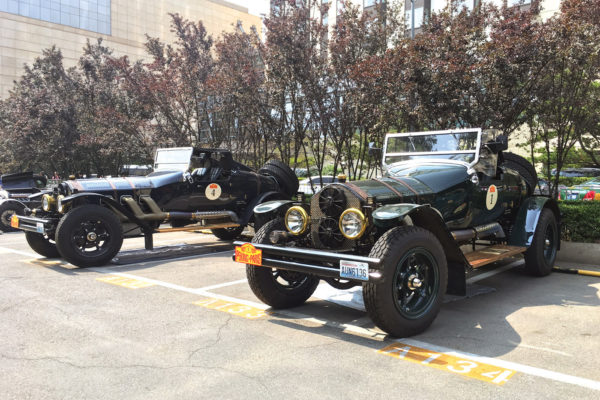
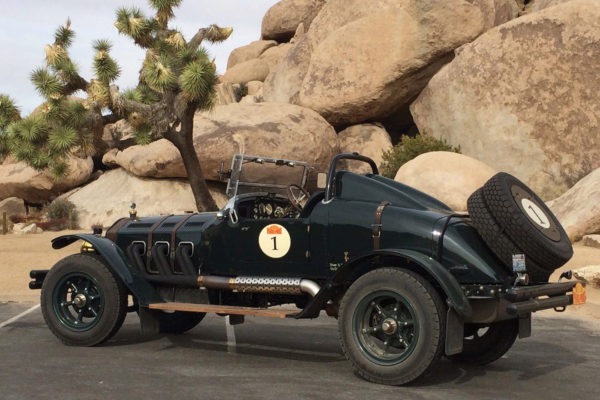
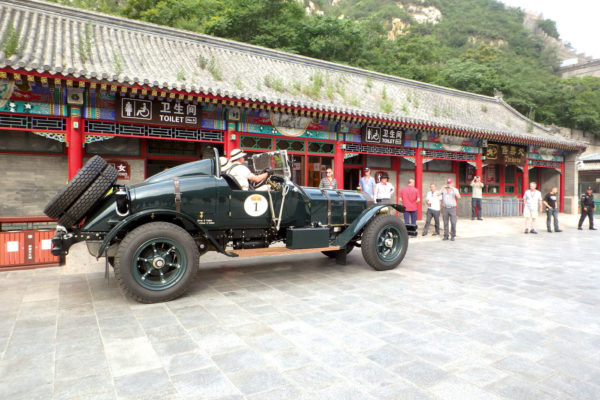
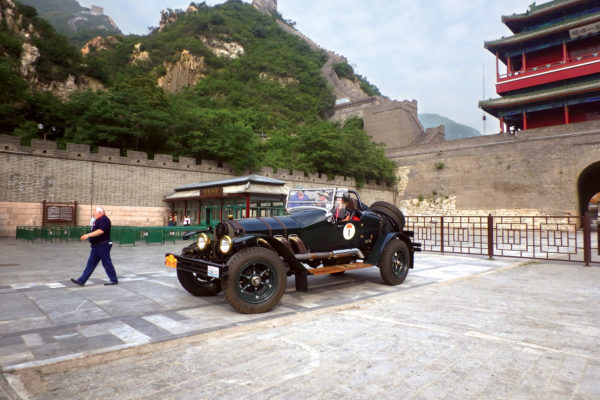
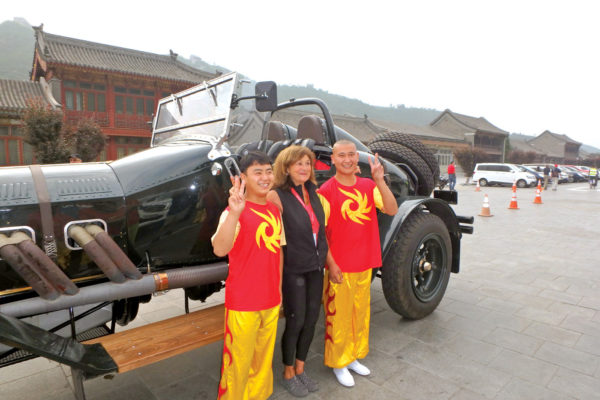
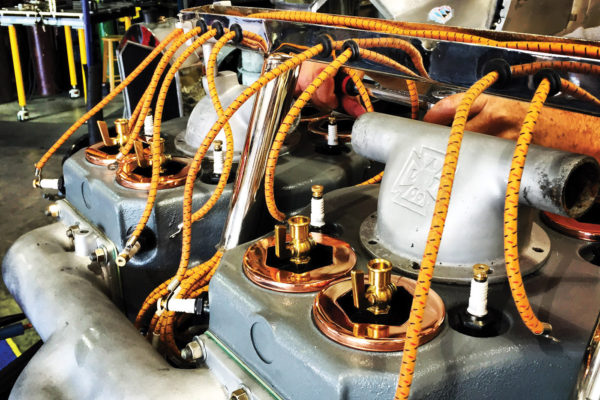
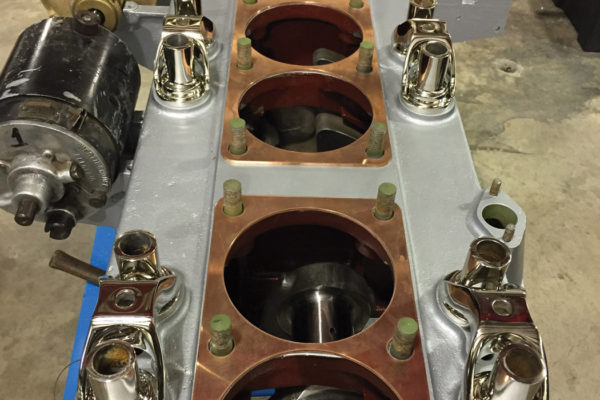
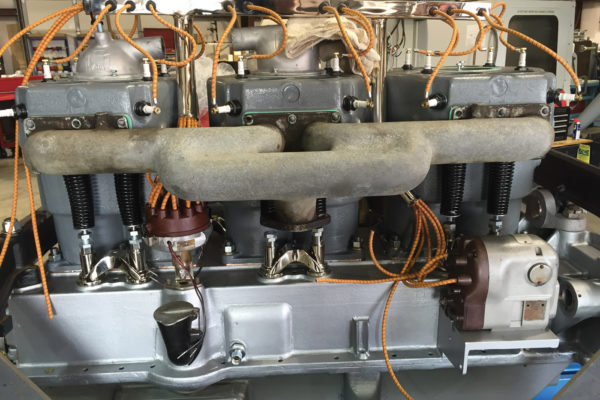
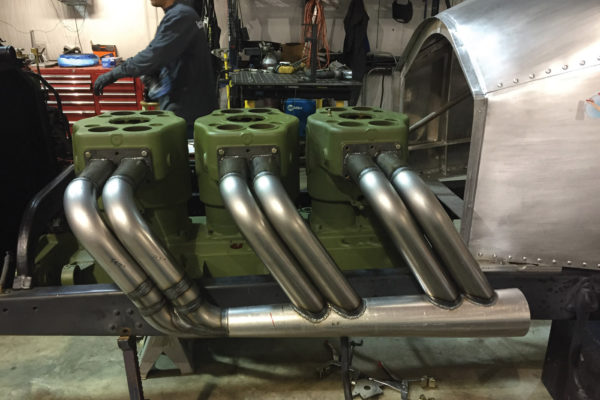
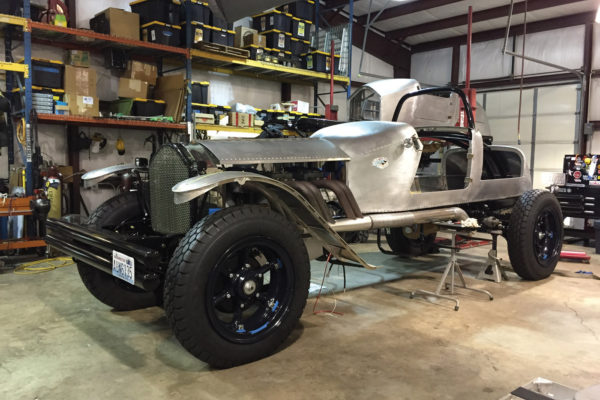
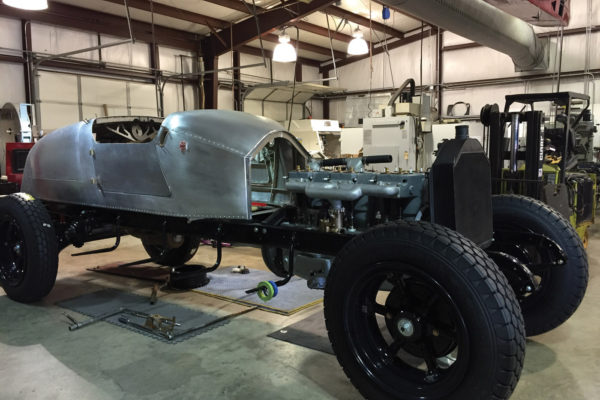
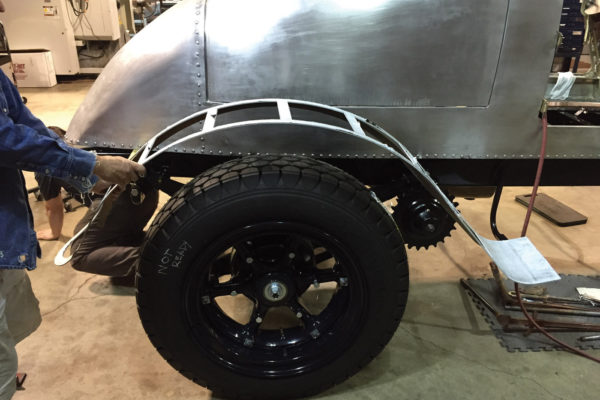
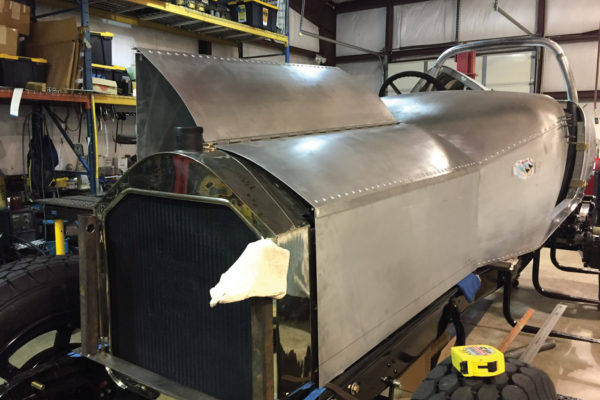
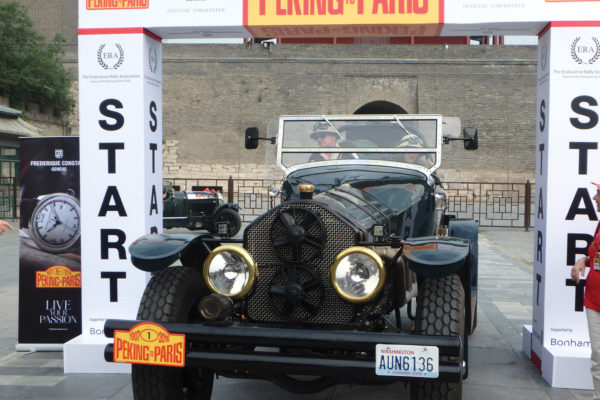
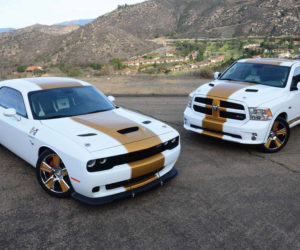
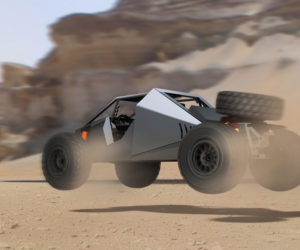
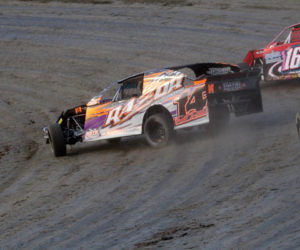
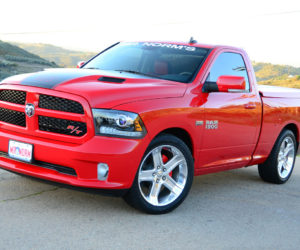
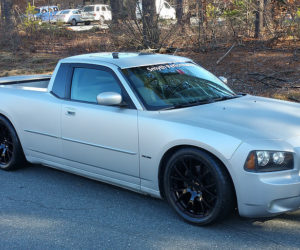
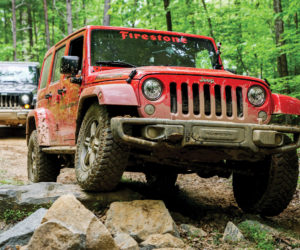




Comments for: Vive LaFrance
comments powered by Disqus